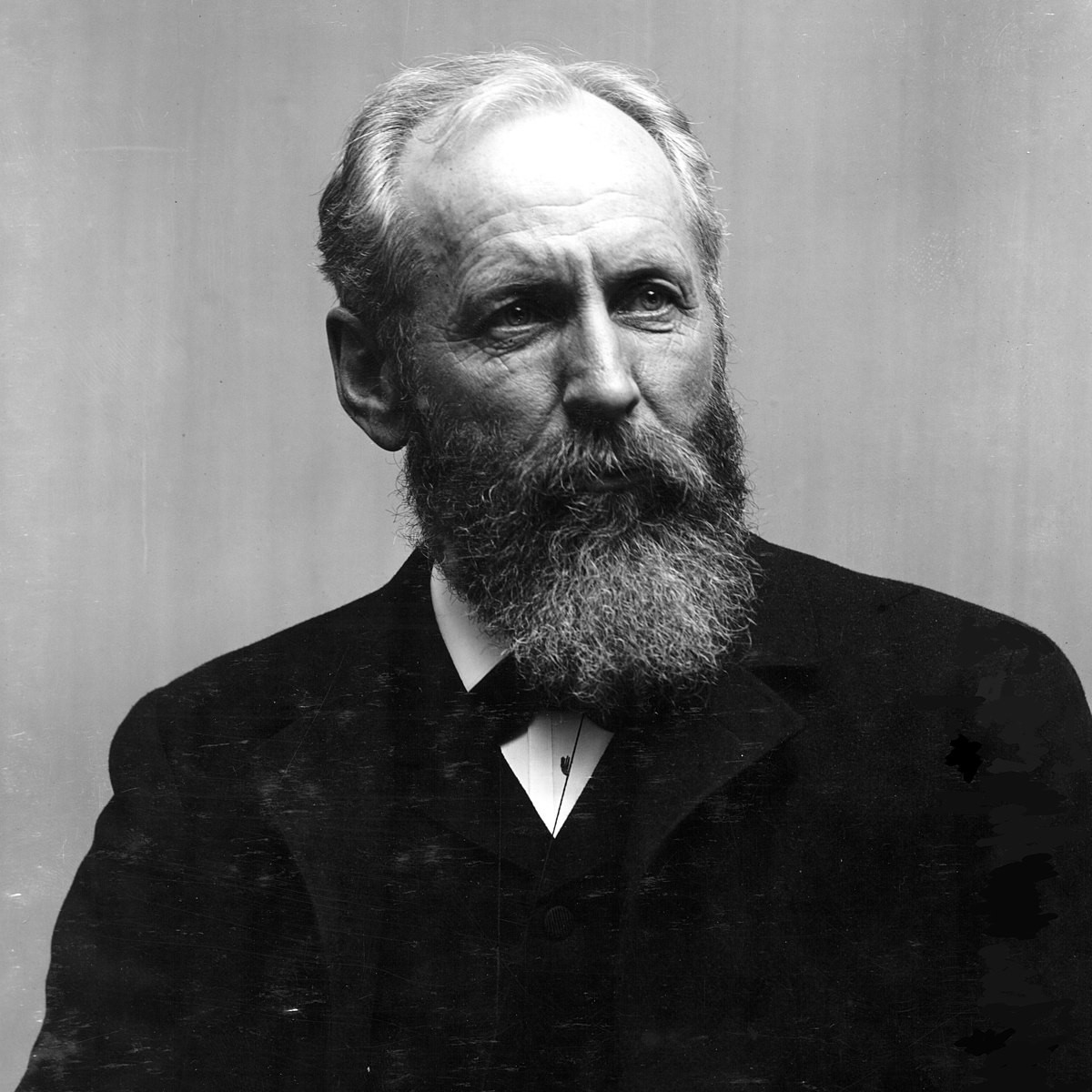
Grove Carl Gilbert
Grove Carl Gilbert the geomorphologist was born on May 6, 1843, in Rochester New York; his contribution played a major role in the improvement of knowledge of the earth’s forms from a geologist prospective. This scientific urge paved way to a very remarkable career which was marked with significant field exposures and contribution to thought process in making of the earth.
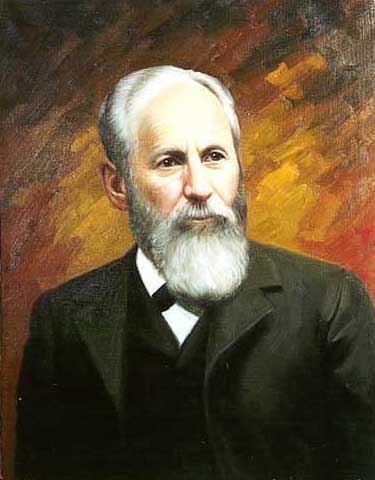
In 1871 Gilbert was appointed in the United States Geological Survey (USGS) and he travelled in many parts of the United States conducting field investigations. His observation about the formation of mountains and the behaviour of rivers and their contribution to the process of erosion, brought him useful information about natural occurrences.
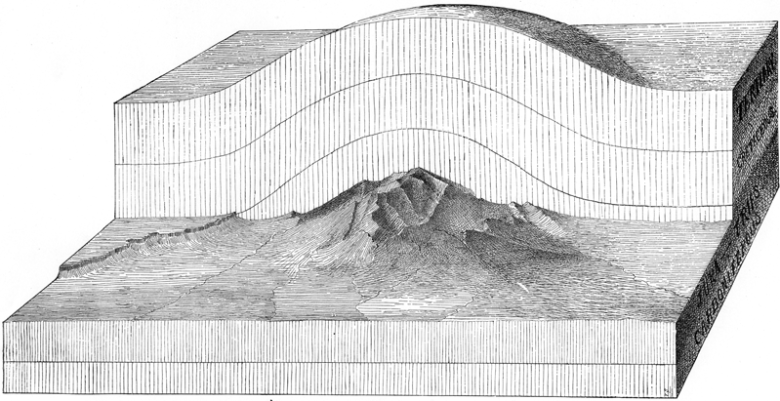
From Gilbert’s studies of the great lakes he established that the ice was instrumental in the shaping of the great lakes during the age of ice. He came up with the theory of graded rivers and significantly developed the knowledge about the cycles of erosion making him one of the most important geomorphologists.

The society honored him by giving him presidency as well as the Penrose Medal in 1896.
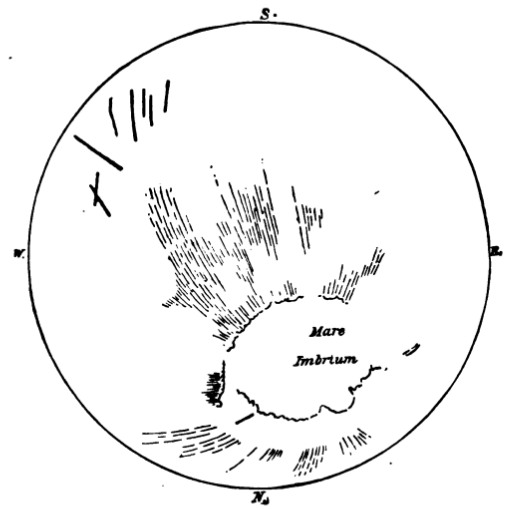
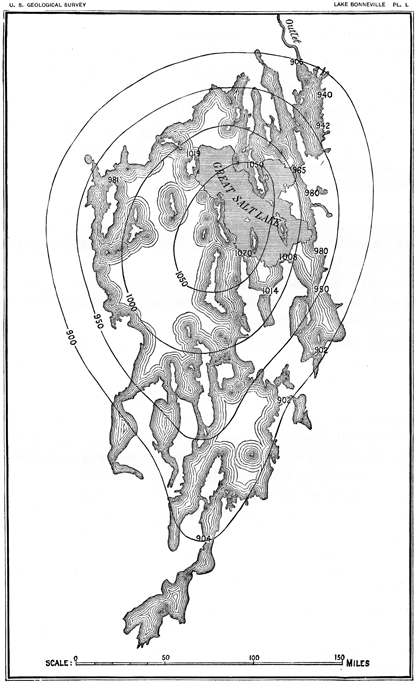
Despite his shyness, he conveyed his scientific advancement through several papers. As such, his work still plays an important role in geologists and geomorphologists as they conduct their look into the surface of the earth and its features. Today, Gilbert’s work is still considered within the context of Fundamental in Geoscentic science in both US and internationally.